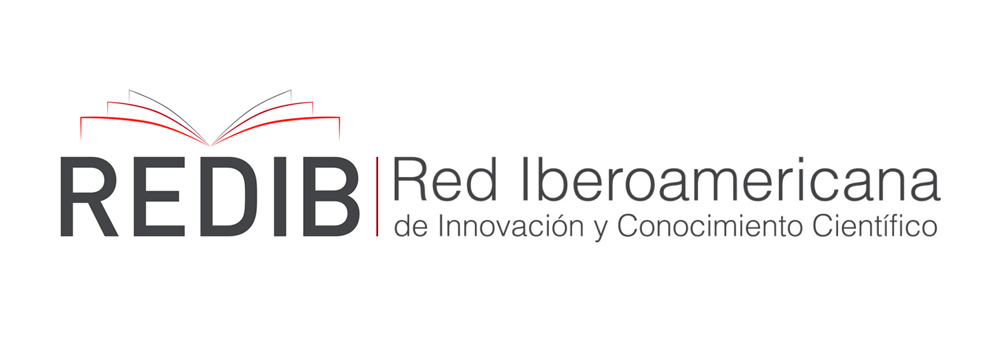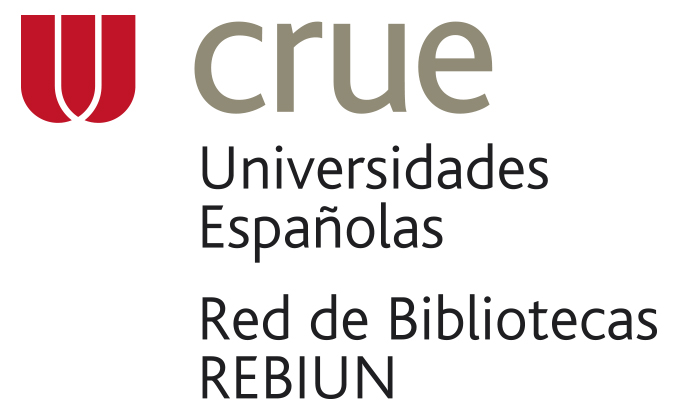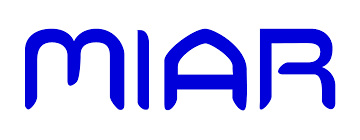The principal's effectiveness in student achievement in Peruvian schools
DOI:
https://doi.org/10.35622/j.rie.2020.02.005Keywords:
Headteachers, Effective Schools, Peru, Young LivesAbstract
The current investigation analyzes the effect that the school principal has had on the performance of students. It begins with a review of the literature on the effectiveness of the principal, its characteristics and its particularities in Peru. Then, it develops the empirical section by using longitudinal data from the Young Lives program and its School Survey; and by using educational production functions, implementing instrumental variables, it estimates the effect of the principal on students’ performance on standardized tests of mathematics and language. The principal outcome of the study is linked to a positive effect of the principal on student performance, with an important magnitude, associated with the characteristics of a developing country.
References
Alcázar, L., Rogers, H., Chaudhuryb, N., Hammerb, J., Kremer, M., & Muralidharan, K. (2006). Why are teachers absent? Probing service delivery in Peruvian primary schools. International Journal of Educational Research, 45, 117–136. DOI: https://doi.org/10.1016/j.ijer.2006.11.007
Andrabi, T., Das, J., Khwaja, A., & Zajonc, T. (2011). Do value-Added estimates add value? Accounting for learning dynamics. American Economic Journal: Applied Economics, 3(3), 29-54. DOI: https://doi.org/10.1257/app.3.3.29
Bellei, C., Valenzuela, J., Vanni, X., & Contreras, D. (2014). Lo aprendí en la escuela. ¿Cómo se logran procesos de mejoramiento escolar?. UNICEF.
Chaudhury, N., Hammer, J., Kremer, M., Muralidharan, K. & Rogers, H. (2006). Missing in Action: Teacher and Health Worker Absence in Developing Countries. Journal of Economic Perspectives, 20, 91-116. DOI: https://doi.org/10.1257/089533006776526058
Chetty, R., Friedman, J., & Rockoff, J. (2014). Measuring the Impacts of Teachers I: Evaluating Bias in Teacher Value-Added Estimates. NBER, Working Paper 19423. DOI: https://doi.org/10.3386/w19423
Coleman, J., Campbell, E., & Hobson, C. (1966). Equality of educational opportunity. Washington, DC: U.S. Government Printing Office.
Cueto, S. (2007). Las evaluaciones nacionales e internacionales de rendimiento escolar en el Perú: balance y perspectivas. Grupo de Análisis para el Desarrollo.
Cueto, S., Torero, M., León, J., & Deustua J. (2008). Asistencia docente y rendimiento escolar: el caso del programa META. Grupo de Análisis para el Desarrollo.
Cueto, S., Escobal, J., Penny, M., & Ames, P. (2011). ¿Quién se queda atrás?: resultados iniciales del estudio Niños del Milenio. Tercera ronda de encuestas en el Perú. Grupo de Análisis para el Desarrollo.
Cueto, S., Guerrero, G., León, J., Zapata, M., & Freire, S. (2013). ¿La cuna marca las oportunidades y el rendimiento educativo?: una Mirada al caso peruano. Niños del Milenio, Documento de Investigación.
Cunha, F. & Heckman, J. (2007). The Technology of Skill Formation. American Economic Review, 97 (2), 31-47. DOI: https://doi.org/10.1257/aer.97.2.31
Díaz, H. & Saavedra, J. (2000). La carrera del maestro en el Perú. Factores institucionales, incentivos económicos y desempeño. Grupo de Análisis para el Desarrollo.
Escobal, J. & Flores, E. (2008). An Assessment of the Young Lives Sampling Approach in Peru”. Young Lives, Technical Note 3.
Freire, S. & Miranda, A. (2014). El rol del director en la escuela: el liderazgo pedagógico y su incidencia sobre el rendimiento académico. Grupo de Análisis para el Desarrollo.
Gallego, F. (2002). Competencia y resultados educativos: Teoría y evidencia para Chile. Cuadernos de Economía, 118, 309-352. DOI: https://doi.org/10.4067/S0717-68212002011800003
Grissom, J. & Loeb S. (2011). Triangulating Principal Effectiveness: How Perspectives of Parents, Teachers, and Assistant Principals Identify the Central Importance of Managerial Skills. American Educational Research Journal, 48(5), 1091-1123. DOI: https://doi.org/10.3102/0002831211402663
Grissom, J., Kalogrides, D., & Loeb, S. (2015). Using Student Test Scores to Measure Principal Performance. Educational Evaluation and Policy Analysis, 37(1), 3-28. DOI: https://doi.org/10.3102/0162373714523831
Grissom, J., Loeb, S., & Master, B. (2012). What is effective instructional leadership? Longitudinal evidence from observations of principals. Paper presented at the Association for Public Policy Analysis and Management annual meeting, November.
Guadalupe, C., León, J., & Cueto, S. (2013). Charting progress in learning outcomes in Peru using national assessments. Paper commissioned for the EFA Global Monitoring Report 2013/4, Teaching and learning: Achieving quality for all.
Guerrero, G. (2013). ¿Cómo afectan los factores individuales y escolares la decisión de los jóvenes de postular a educación superior? Un estudio longitudinal. Grupo de Análisis para el Desarrollo.
Guerrero, G., León, J., Rosales, E., Zapata, M., Freire, S., Saldarriaga, V., & Cueto, S. (2012). Young Lives School Survey in Peru: Design and Initial Findings”. Young Lives, Working Paper.
Hanushek, E. (1986). The Economics of Schooling: Production and Efficiency in Public Schools. Journal of Economic Literature, American Economic Association, 24(3), 1141-77.
Hanushek, E. (1995). Interpreting Recent Research on Schooling in Developing Countries. University of Rochester, Working Paper 3. DOI: https://doi.org/10.1093/wbro/10.2.227
Heckman, J. (2011). The Economis of Inequality. American Educator, 31-36. DOI: https://doi.org/10.1097/NNE.0b013e3182001e56
Hoxby, C. (2000). Peer effects in the Classroom: Learning from Gender and Race Variation. NBER Working Paper No. 7867. DOI: https://doi.org/10.3386/w7867
Jacob, B. & Lefgren, L. (2005). Principals as agents: Subjective performance measurement in education. NBER Working Paper No. 11463. DOI: https://doi.org/10.3386/w11463
Kane, T. & Staiger, D. (2008). Estimating Teacher Impacts on Student Achievement: An Experimental Evaluation. NBER, Working Paper No. 14607. DOI: https://doi.org/10.3386/w14607
Loeb, S., Kalogrides, D,. & Béteille, T. (2012). Effective Schools: Teacher Hiring, Assignment, Development, and Retention. Association for Education Finance and Policy, 267-304. DOI: https://doi.org/10.1162/EDFP_a_00068
Miranda, A. (2015). Asociación entre el tipo de gestión escolar y el rendimiento de los estudiantes en zonas urbanas. Revista peruana de investigación educativa, 7, 153-178. DOI: https://doi.org/10.34236/rpie.v7i7.53
OCDE. (2019). PISA 2018 Results. Paris: OCDE
Oplatka, I. (2016). El surgimiento de la gestión educativa como campo de estudio en América Latina: Reflexiones sobre la cultura, la sociedad y la investigación. En: J. Weinstein (Ed.) Liderazgo educativo en la escuela. Nueve miradas. (pp. 253 -276). Santiago de Chile: Ediciones Universidad.
Rivera, J. (2018). Palo y zanahoria: la administración como fuente de efectividad en la escuela. Compendium, 5(10), 60-76.
Rockoff, J. (2004). The impact of individual teachers on student achievement: evidence from panel data. American Economic Review, 94(2), 247-252. DOI: https://doi.org/10.1257/0002828041302244
Romer, P. (1990). Endogenous Technological Change. Journal of Political Economy, 98(5), 71-102. DOI: https://doi.org/10.1086/261725
Sánchez, A. (2008). Childhood Poverty in Peru: An Annotated Literature Review. Young Lives Technical Note 3.
Scheerens, J. (2004). Review of school and instructional effectiveness research. Paper commissioned for the EFA Global Monitoring Report 2005, The Quality Imperative.
Sen, A. (2012). Desarrollo y libertad. Bogotá: Editorial Planeta.
Todd, P. & Wolpin, K. (2003). On the Specification and Estimation of the Production Function for Cognitive Achievement. The Economic Journal, 113(485), 3-33. DOI: https://doi.org/10.1111/1468-0297.00097
Todd, P. & Wolpin, K. (2007). The production of cognitive achievement in children: Home, school, and racial test score gaps. Journal of Human capital, 1(1), 91-136. DOI: https://doi.org/10.1086/526401
Young Lives. (2002, 2006, 2009, 2011). Bases de datos y formularios disponibles en www.ninosdelmilenio.org / www.younglives.org.ik.
Weinstein, J. & Muñoz, G. (2012). ¿Qué sabemos sobre los Directores de Escuela en Chile?”. Centro de Estudios de Políticas y Prácticas en Educación, CEPPE.
Published
Issue
Section
License
Copyright (c) 2020 Jairo Rivera, Stephany Olarte

This work is licensed under a Creative Commons Attribution 4.0 International License.



























